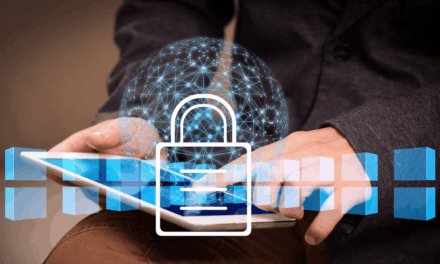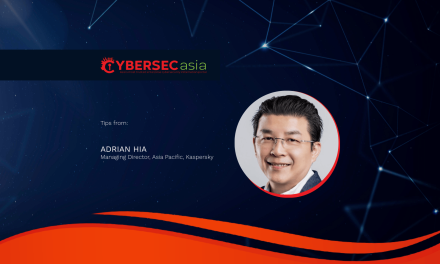Security researchers reveal widespread vulnerabilities in AI frameworks due to unsafe coding and code reuse.
A series of critical remote code execution vulnerabilities have been discovered in major AI inference frameworks, exposing systems built by big tech AI firms to severe cyber risks.
The flaws, uncovered by Oligo Security researchers, demonstrate the far-reaching consequences of unsafe coding patterns and code reuse across open-source and proprietary AI projects.
At the heart of the issue is a pattern named “ShadowMQ”, centered around the unsafe use of the ZeroMQ messaging library’s “recv_pyobj()” method in conjunction with Python’s pickle deserialization module.
Originally identified in Meta’s Llama large language model framework (CVE-2024-50050), the vulnerability allows attackers to remotely execute arbitrary code on exposed inference servers by sending malicious data through networked sockets. The exploit could lead to a total system takeover, data theft, or the insertion of unauthorized code, such as cryptocurrency miners or backdoors.
Not an isolated risk
The problem is especially far-reaching because the same insecure pattern is found across several widely used frameworks. Oligo’s Avi Lumelsky has highlighted that identical unsafe code was routinely copied, often verbatim, from one project to another, spreading the flaw throughout the AI software supply chain.
Each major implementation has now received a distinct CVE identifier:
- NVIDIA’s TensorRT-LLM was assigned CVE-2025-23254 (CVSS 8.8), patched in version 0.18.2.
- vLLM was flagged with CVE-2025-30165 (CVSS 8.0), though its older V0 engine remains vulnerable.
- Modular Max Server’s version was fixed following disclosure (CVE-2025-60455).
- Meta’s Llama-stack received CVE-2024-50050 and a critical CVSS of 9.3; the company replaced the risky deserialization with a type-safe JSON implementation in version 0.0.41.
- Microsoft’s Sarathi-Serve remains unpatched as of this writing, and SGLang has yet to implement a complete fix.
The research also extends beyond lab scenarios. The team reportedly found thousands of exposed ZeroMQ sockets on the public internet, a number of which connected to vulnerable AI inference clusters. If compromised, these weaknesses could allow initial attackers to move laterally across newly infected AI clusters, escalating attacks throughout entire deployments.The incident highlights the cybersecurity risks of code reuse without rigorous review, especially in the fast-moving AI landscape.

















